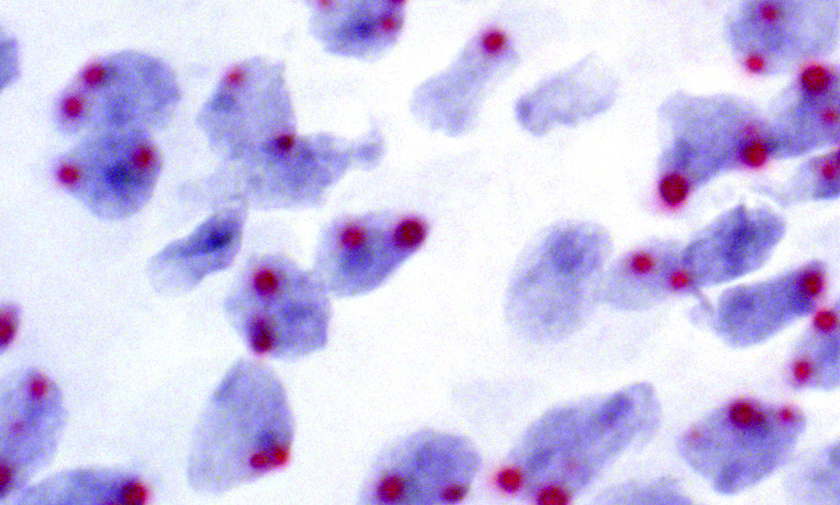
Not every mom and dad agree on how their offspring should behave. But in genetics as in life, parenting is about knowing when your voice needs to be heard, and the best ways of doing so. Typically, compromise reigns, and one copy of each gene is inherited from each parent so that the two contribute equally to the traits who make us who we are. Occasionally, a mechanism called genomic imprinting, first described 30 years ago, allows just one parent to be heard by completely silencing the other.
Now, researchers at the University of Utah School of Medicine report on a version of genetic parental control in mice that is more targeted, and subtle than canonical imprinting. Published in Cell Reports, so-called noncanonical imprinting is particularly prevalent in the brain, and skews the genetic message in subpopulations of cells so that mom, or dad, has a stronger say. The mechanism can influence offspring behavior, and because it is observed more frequently than classic imprinting, appears to be preferred.
“The field has traditionally thought of genetics at the level of the whole animal, and sometimes the tissue. We’re documenting it at the cellular level,” says senior author Christopher Gregg, Ph.D., assistant professor of neurobiology and anatomy. “Genetics is much more complicated than we thought.”
A case in point is the impact of noncanonical signaling on motivated behaviors that prompt a timid mouse to leave its protective shelter when it needs to search for food. Five genes preferably controlled by mom, or dad, cluster within a biochemical pathway that creates serotonin and dopamine, neurochemicals that affect mood and behavior. The imprinting is further customized by being enriched in subregions of the brain known to control behavior (arcuate nucleus, and dorsal raphe nucleus). When the scientists remove the active, maternal copy of one of the genes, tyrosine hydroxylase (Th), they see a modest but consistent increase in the amount of time the mice spend out in the open. By contrast, mice with their muffled, paternal copy removed show no behavioral changes.
“We speculate that a better strategy for imprinting is to do it in the cells that are needed to achieve the desired effect, rather than to do it in every tissue,” says Gregg.
